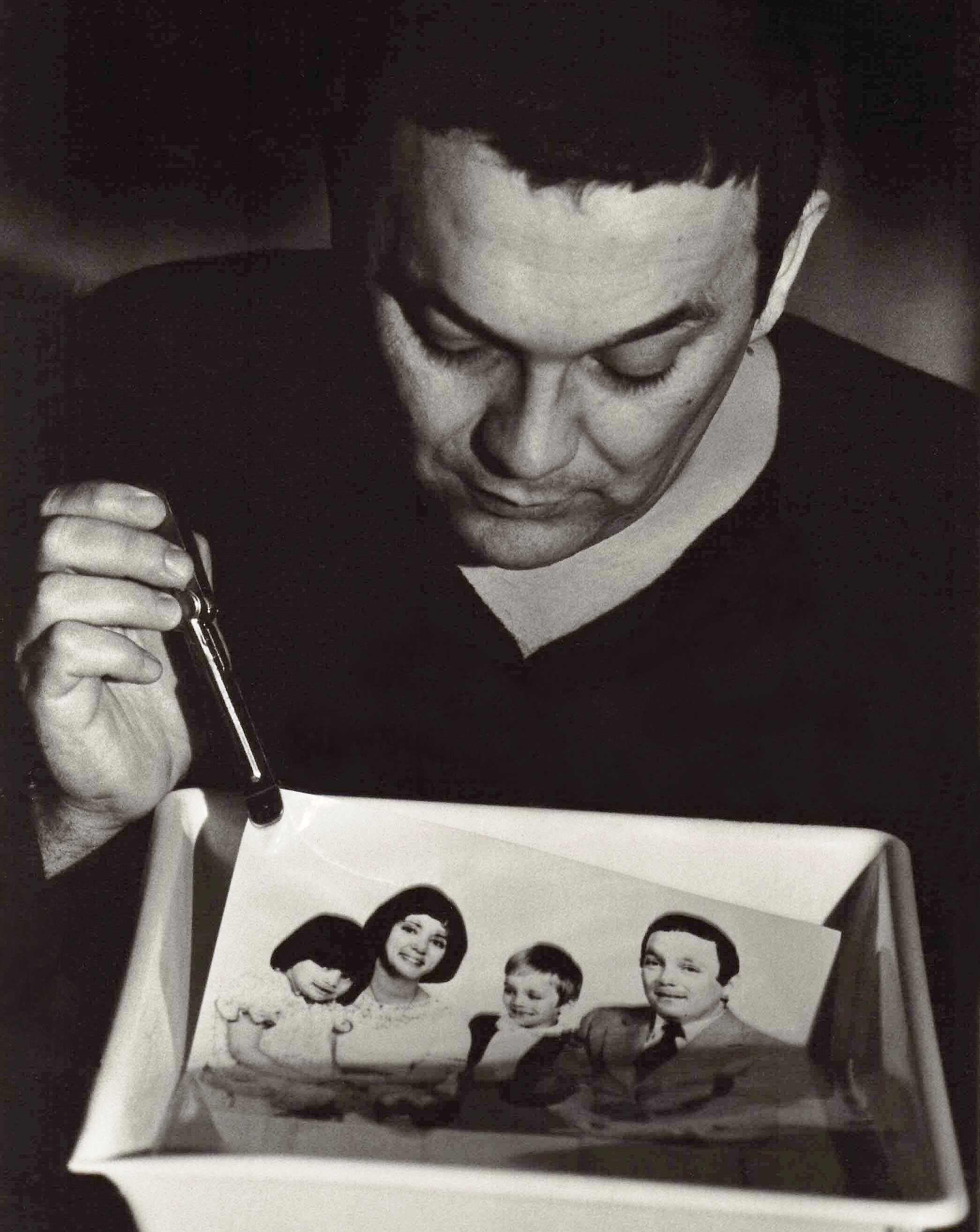stop bath on:
[Wikipedia]
[Google]
[Amazon]
 A stop bath is an acidic solution used for processing black-and-white
A stop bath is an acidic solution used for processing black-and-white
 A stop bath is an acidic solution used for processing black-and-white
A stop bath is an acidic solution used for processing black-and-white photographic film
Photographic film is a strip or sheet of transparent film base coated on one side with a gelatin photographic emulsion, emulsion containing microscopically small light-sensitive silver halide crystals. The sizes and other characteristics of the ...
, plates, and paper
Paper is a thin sheet material produced by mechanically or chemically processing cellulose fibres derived from wood, Textile, rags, poaceae, grasses, Feces#Other uses, herbivore dung, or other vegetable sources in water. Once the water is dra ...
. It is used to neutralize the alkaline developer, thus halting development.
A stop bath is commonly a 2% dilution of acetic acid
Acetic acid , systematically named ethanoic acid , is an acidic, colourless liquid and organic compound with the chemical formula (also written as , , or ). Vinegar is at least 4% acetic acid by volume, making acetic acid the main compone ...
in water, though a 2.5% solution of potassium
Potassium is a chemical element; it has Symbol (chemistry), symbol K (from Neo-Latin ) and atomic number19. It is a silvery white metal that is soft enough to easily cut with a knife. Potassium metal reacts rapidly with atmospheric oxygen to ...
or sodium metabisulfite works just as well. Because organic developers only work in alkaline solutions, stop baths halt the development process almost immediately and provides precise control of development time. Neutralizing the alkalinity of basic developers also helps to preserve the strength of the fixer, making it last longer.
Stop baths account for the vinegar-like odor of the darkroom. In its concentrated form it can cause chemical burns, but is harmless when diluted to a working solution. Stop bath becomes exhausted when carried over developer causes the solution to become alkaline. For indicator stop baths, which changes color to indicate when the bath is exhausted and no longer effective, a pH indicator dye like bromocresol purple is used. Low-odor stop baths use citric acid or sodium bisulfite in place of acetic acid.
References
{{photography-stub Photographic processes